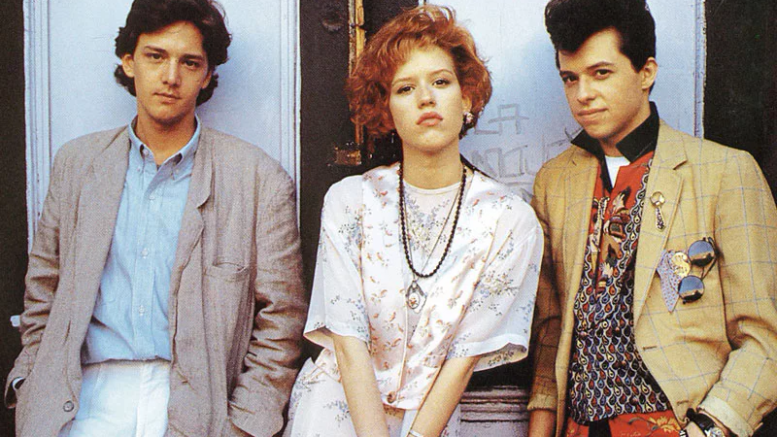It seems to me the recent trend it movies and TV sets us back in the 1980s. It’s a familiar time to many of us, and a comforting time in many ways. For those who didn’t live through it, it’s a time of wonder, making the time period perfect for millennials. Yet, I’m getting tired of this nostalgic trend, and it’s simply because it’s starting to feel like a cheat.
Low-tech allows for sloppy plots
I remember reading a story about 15 years ago saying that the rise of technology had doomed good TV. Of course that’s utterly untrue and we’ve seen the best programming ever since the turn of the millennium. But, I understand the issue. Think about it:
- If everyone has GPS, what about those stories where people get lost?
- If everyone has a phone, no one will “just miss” anyone.
- In a day when everyone has internet, then nothing will ever be misremembered.
And it is just this sort of thinking that makes it easy to set stories in the 1980s. Although we thought back then that we were high-tech, we hadn’t seen anything yet. By setting a program in the 1980s you can take advantage of a time when no one could get instant information. All those plots that worked so well back then are still in play.
Because there were no cell phones then, people communicated face-to-face, which makes better drama. If you didn’t see someone, chances are you couldn’t reach them. Yet, it was also a time when children roamed far more freely than they do today, and were often out of reach for hours. This is the essential conceit of Stranger Things, a show that couldn’t really take place in the 21st century without big changes.
They don’t get it right anyway
The problem with a show or movie set in an earlier time period is that you need to get it right. Mad Men showed us how psychotic attention to detail could really enhance the viewing experience, yet few shows have really gotten the 1980s right. Stranger Things does, but most shows and movies set in the 1980s give their characters bad hairdos and big steel glasses and call it a day. They don’t capture the tone, and they’re usually way too sloppy in their treatment of the everyday stuff of our lives.
For example, take ABC’s The Goldbergs, a show that freely admits it gets the 80s wrong. The show’s creator, who bases most of the plots on his own life, says that mixing songs and tech from the entire decade together gives you a feeling of nostalgia. It’s not that you remember things perfectly, you sort of mush it all up. That’s what he says, anyway.
Not that The Goldbergs broke new ground there. A generation ago, even before the 80s, Happy Days did the same thing. That was one of the top shows of the 70s and while it purported to take place sometime between 1955 and 1962, the characters, attitudes, and settings looked just as much like 1977 as they did like 1957. People just accepted it.
Nostalgia is fun and all…
But realistically, the 1980s weren’t the best time in history. Neither were the 1950s or any other time. Each time is good and bad in its own way, with regular folks just trying to make it through. The best movies and TV shows give us universal messages, without relying on dated tropes or technological touchstones. You don’t need to set your show in the 80s to get that. You just need good writing.

